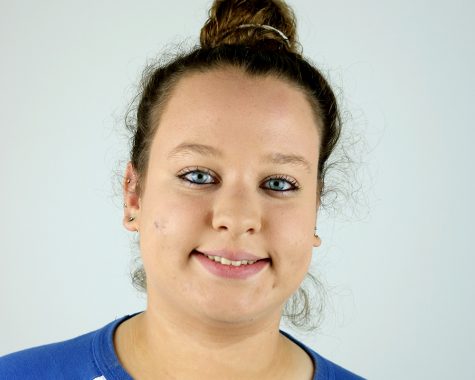Eastern’s career outcome exceeds national average
November 26, 2017
A report from the National Association of Colleges and Employers recently found that career placement rates, for students who graduated from Eastern in the 2015-2016 school year, exceeded the national average by 10.3 percent.
For medium-sized universities, these outcomes exceeded the national average by 7.1 percent and large-sized universities by 13.3 percent.
The National Association of Colleges and Employers gets information from colleges about whether or not students find jobs after they graduated. Some of the schools that report to the National Association of Colleges and Employers are the School of the Art Institute of Chicago, Southern Illinois University – Carbondale, the University of Illinois at Chicago and University of Illinois at Urbana – Champaign.
Not all of the universities in Illinois report their information to the National Association of Colleges and Employers.
Bobbi Kingery, director of Career Services, helps with collecting career data from Eastern and reporting it to the National Association of Colleges and Employers.
Career Services starts to collect information in August by calling the previous graduating class to see if they have jobs or not.
One staff member at Eastern’s Career Services will spend almost six hours per day trying to find this information, Kingery said. Student workers also help with calling graduates.
One major that does well in the job market is education, as there is currently a teacher shortage in Illinois, leading to high employment rates and higher salaries, Kingery said.
“It is a supply and demand thing, so if there are less of them to go around, employers have to pay more to get them,” Kingery said.
At last fall’s education job fair, 59 school districts came looking to hire Eastern students. These districts came from states such as Illinois, Alaska, Arizona, Indiana, Kansas, Missouri, Nevada, Tennessee and Texas.
Kingery said one student received a job offer at the fair.
Career services researches and keeps track of hiring trends in different majors to find employers to invite to the job fairs.
They look usually in Illinois, Indiana and Missouri.
To get the career statistics, universities look at past students by going back in their student records, finding the information and calling them or emailing them. They also try looking on LinkedIn.
“You have to go ahead and give (employers) a reason to invest in our students,” Kingery said. “It’s a lot of research but that’s kind of fun because you learn things.”
Melissa Jabek can be reached at 581-2812 or majabek@eiu.edu


















![[Thumbnail Edition] Senior Foward Macy McGlone, getsw the ball and gets the point during the first half of the game aginst Western Illinois University,, Eastern Illinois University Lost to Western Illinois University Thursday March 6 20205, 78-75 EIU lost making it the end of their season](https://www.dailyeasternnews.com/wp-content/uploads/2025/03/WBB_OVC_03_O-1-e1743361637111-1200x614.jpg)
















































